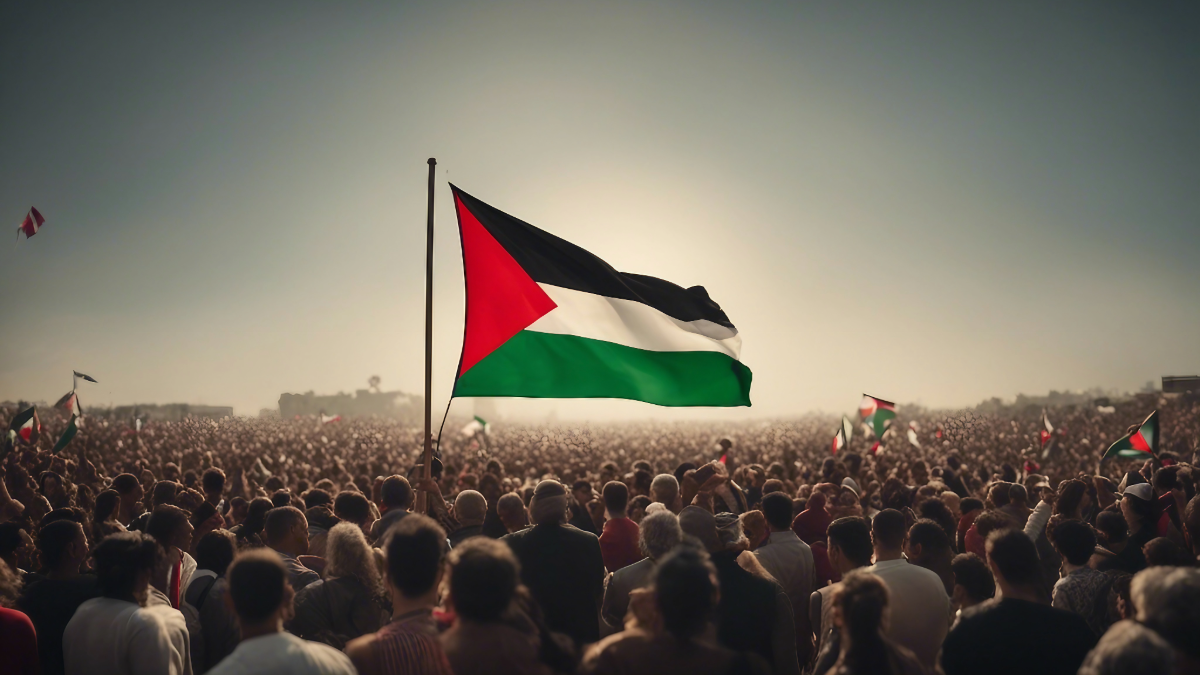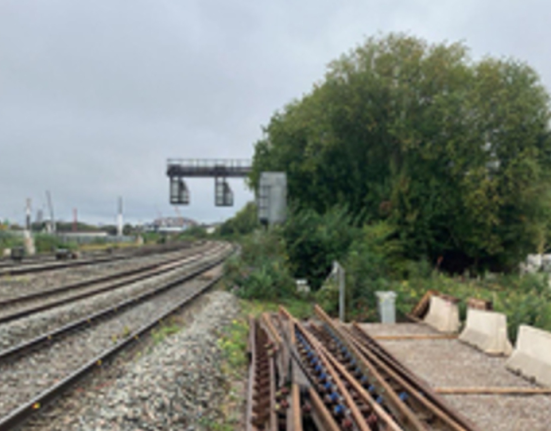Mass flight from city
Hundreds of thousands of Palestinians have fled Gaza City as Israeli forces escalate bombardments and begin a ground offensive into the famine-stricken enclave.
The exodus, marked by long convoys of families on foot, in cars and on trucks piled with belongings, has become one of the most devastating episodes of the 23-month war.
The Israeli military said this week it had launched its long-planned assault on Gaza’s largest city, which until recently sheltered up to one million people. Officials estimate more than 300,000 residents have already fled south in recent weeks.
Echoes of historic displacement
For many Palestinians, the mass departure evokes painful memories of the 1948 Nakba, when around 750,000 people left their homes during the conflict surrounding Israel’s creation.
Today, those leaving Gaza City are often already displaced from towns and villages in the north, now reduced to rubble.
Leaflets dropped by Israeli aircraft urged civilians to move south, warning of imminent operations. But securing transport is increasingly difficult.
“All the trucks that can take us out of the city are already booked up,” said Alaa al-Jabri, an art teacher trying to find shelter in the south.
Devastation and shortages
The city has endured weeks of relentless strikes that have flattened entire districts. Explosions have lit up the night sky and left dozens of high-rise buildings in ruins.
Hospitals, already crippled by shortages of fuel, medicine and equipment, are overwhelmed by the flow of casualties. At al-Shifa, one of the few facilities still functioning, the injured lie on the floors as staff struggle to cope. Images of children among the wounded and dead underline the human toll.
Uncertain safety in the south
While Israel designates areas of southern Gaza as safer zones, many civilians say these too have been targeted. Families heading south along the coastal Rashid road carry mattresses, water tanks and even solar panels, hoping to sustain themselves in makeshift camps. Others, unable to pay for transport, remain trapped in the city despite the risk.
Street seller Saied said he intended to stay. “It’s expensive and there is no transport, and the safe areas they tell us to go to are bombed all the time,” he explained. “We prefer to stay in this house under bombardment than to be out on the street in a tent.”
War grinds on
More than 80 per cent of Gaza’s territory is now under military orders or displacement zones. With much of the population squeezed into the southern Mawasi strip or central Gaza, conditions continue to deteriorate. As the ground offensive presses forward, Gaza City faces the prospect of near-total destruction – a stark symbol of the war’s enduring human and material cost.







